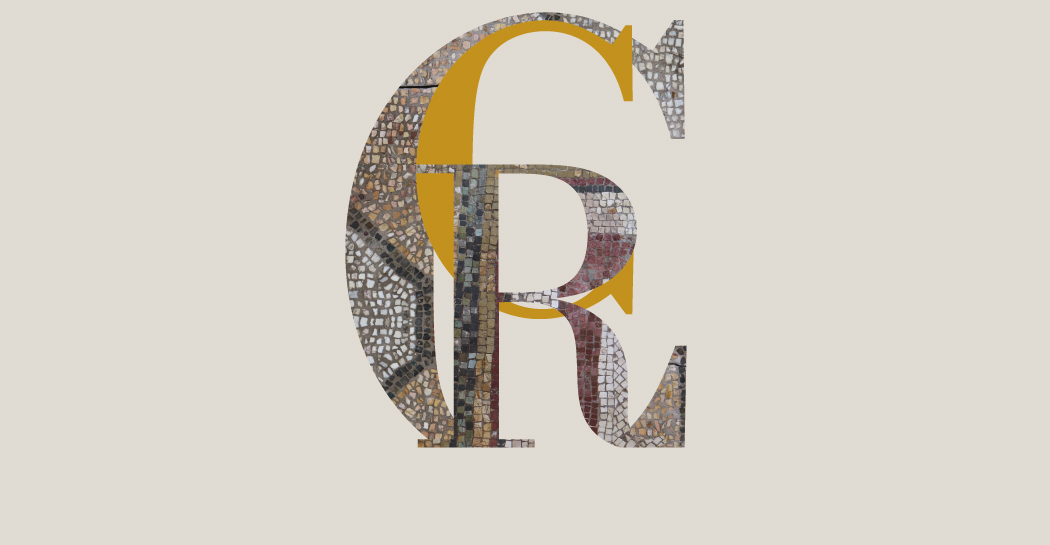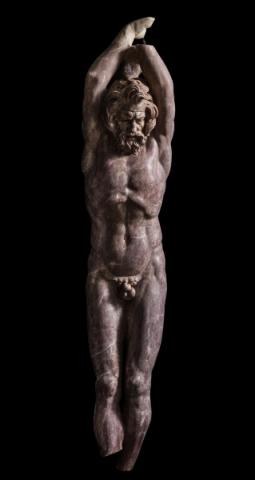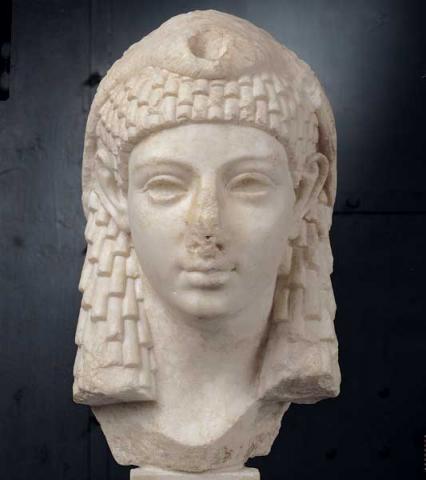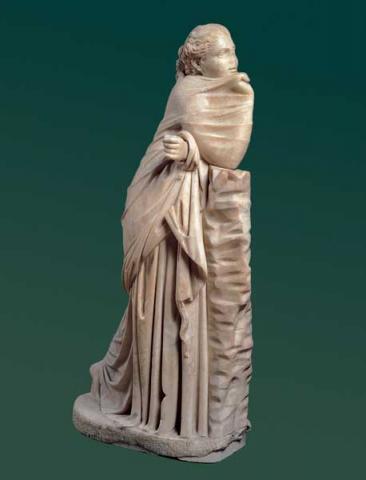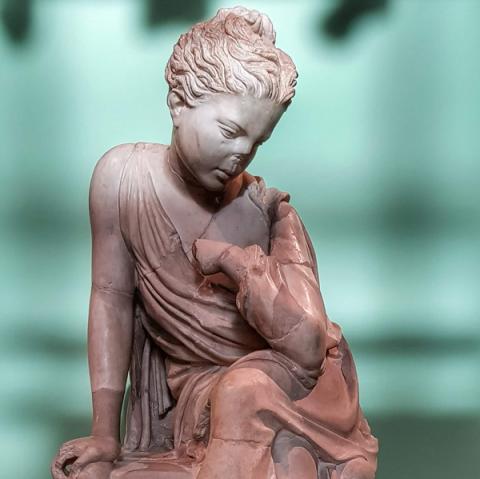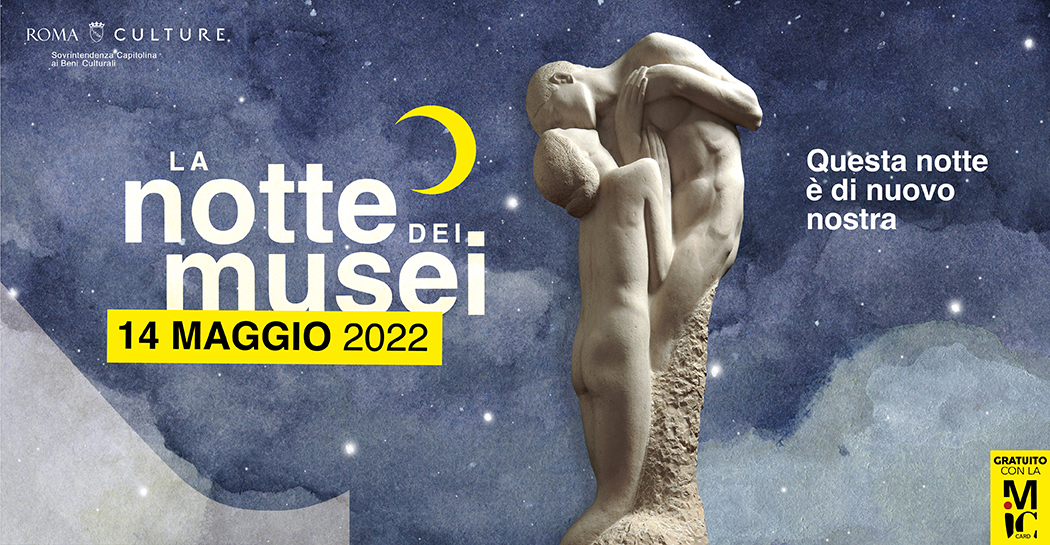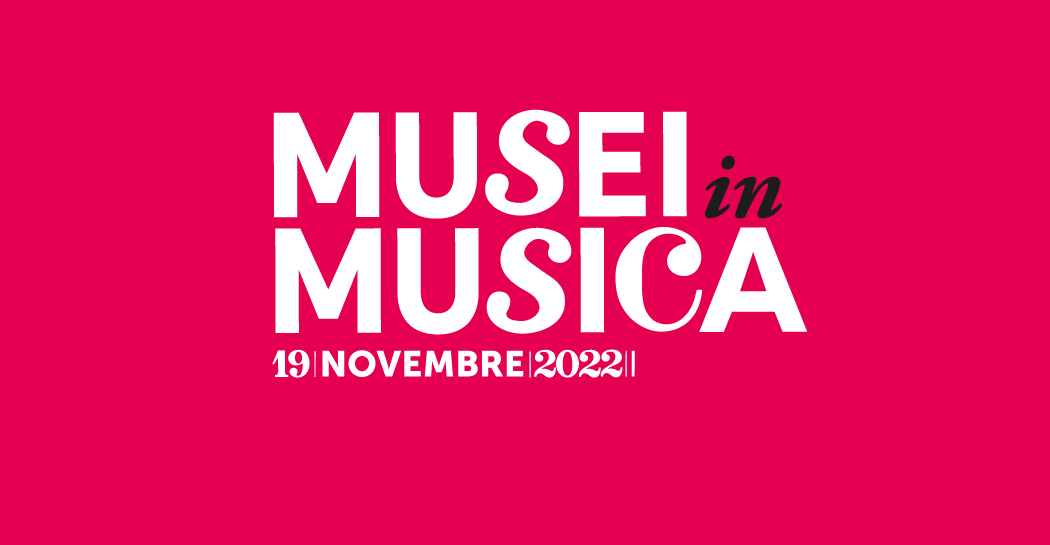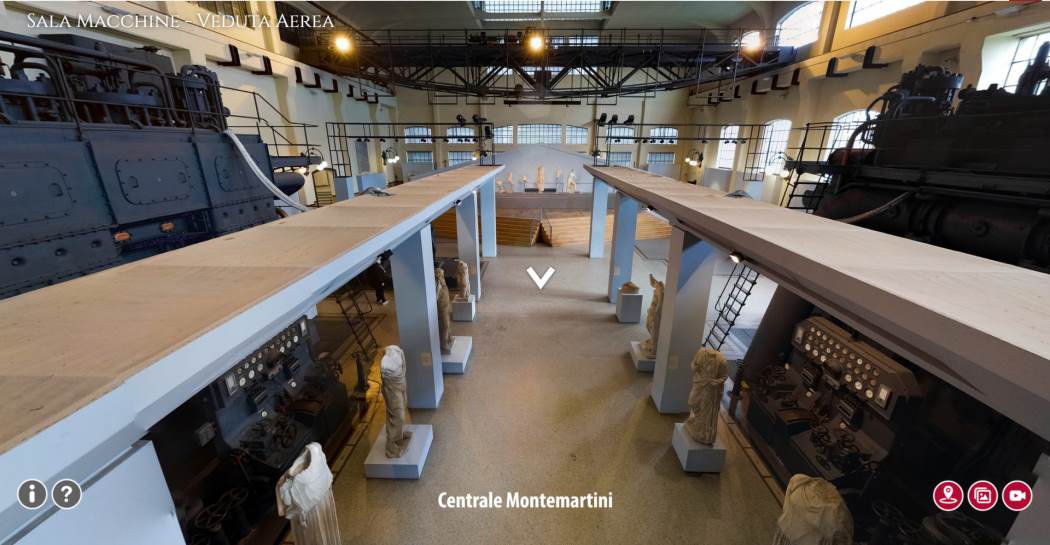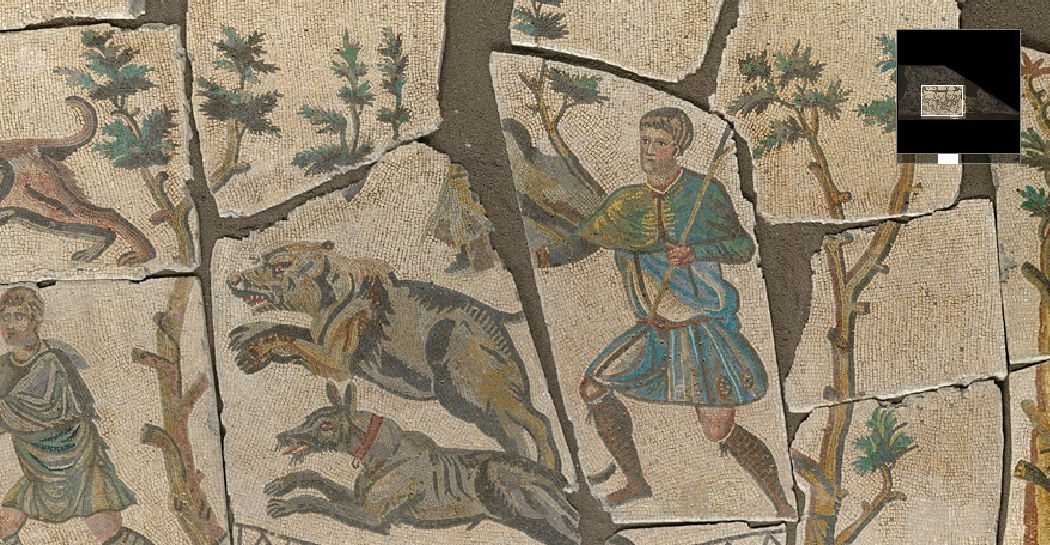The mosaic of the “Real Casa”
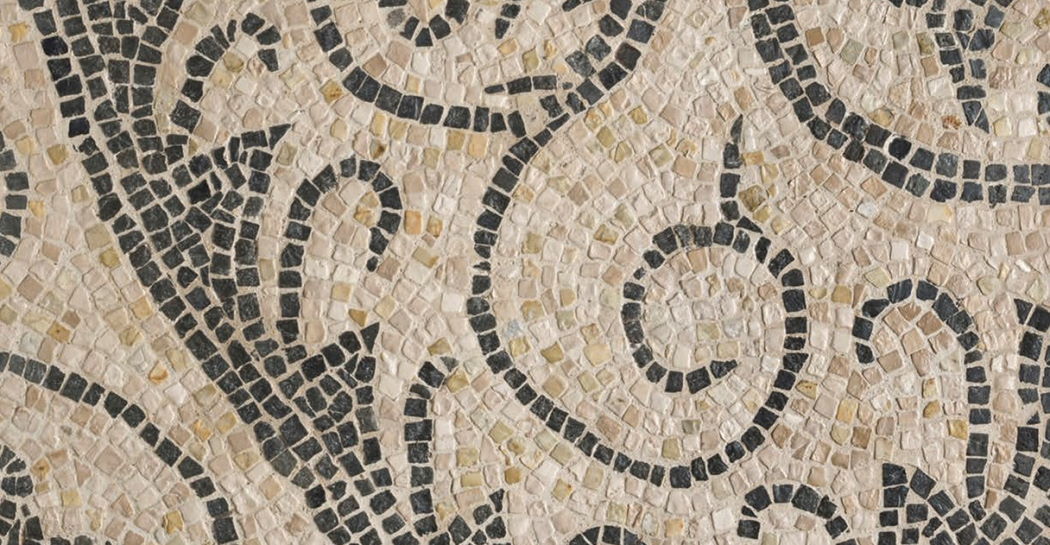
From the 2nd April 2022 at the Centrale Montemartini a restored floor mosaic from the period of the Later Empire. The mosaic was discovered in Rome in 1900 in Via XX Settembre in the area between the Ministero della Real Casa and the Giardino, near what is now the Giardino del Quirinale.
The pieces of the mosaic, which dates back to the middle of the 3rd/beginning of the 4th century AD, were part of a large floor mosaic, subject at the time of its discovery to extensive damages caused by the insertion of modern structures that destroyed part of the floor. The area is completely decorated with vegetal circles coming out of kantharoi, large containers with high handles, located in the corners and in the middle of the long sides of the floor.
The composition is animated by the addition of a coloured panel, placed in an off-centre position. Here, in a yellow field, is inserted a flower with four petals and small spear-like leaves in the spaces left over from the composition; a border separates this decoration from a frame with a stylised decoration of laurel leaves.
The large room with this mosaic on the floor, with an original surface area of 8.40 x 6.70 metres, was the reception room of a noble residence in the late imperial period. In this period, decorative geometric or natural themes are preferred for the mosaics, while mythological themes and those related to everyday life, more common in earlier periods, are less frequent.
Restoration of the mosaics has involved removing them from the surface where they were originally located, an operation that is always traumatic, but necessary in the many instances where it is the only solution to preserve remains that would otherwise be destined for destruction due to urban and territorial transformations. The purpose of restoration and conservation operations following such events is therefore to restore the conditions of stability of the mosaic carpets, which at the moment of tearing may be damaged by the removal of the original mortar, with the consequent risk to the continuity and correct arrangement of the tesserae. In the case of the four mosaics that are the subject of the restoration presented on this occasion, the condition of the supports was strongly affected by a method of working practised in the past, whereby the mosaic surfaces were bedded onto new cement mortar supports reinforced with an iron alloy bar reinforcement.
The conservation operations were carried out in two main phases:
1) removal of the cement support and iron reinforcement;
2) reconstruction of the support in a manner appropriate to modern conservation standards.
Preliminary operations included photographic documentation of the ante operam, biocidal treatment, preliminary cleaning and protection of the mosaic surface with bandages. The screed was then lowered and the irons removed. The recomposition phase of the support saw the laying of a layer of mortar in contact with the cement screed next to the mosaic tesserae and the positioning of an areolam support panel. To complete the intervention, the mosaic surfaces were cleaned and grouted and a liquid mortar was applied in the interstices of the tesserae.
A video shows the stages of the restoration.
In the exhibition of the mosaic of the Real Casa at the Centrale Montemartini, the restored fragments of the floor, which do not fit together, have been placed on a large treadable carpet made of lionoleum, where the decorative motif of the mosaic is reproduced on a scale of 1:1. This graphic reconstruction offers visitors an overall view of the work, suggesting with immediacy the decorative richness of the complex original design with the intention of restoring what has been irretrievably lost.
MULTISENSORY VISIT
With the aim of addressing a wider public, a tactile panel with Braille captions for the blind and visually impaired has been created to complete the didactic apparatus, on which the floral motif of the polychrome panel of the mosaic is reproduced in relief.
The visitor experience is made multisensory by means of a QR code applied to the panel, thanks to which visitors can listen to an audio track, a true sound narrative that enriches and completes the perception of the mosaic on display.
Information
From April 2, 2021 extended to February 9, 2023
From Tuesday to Sunday 9.00-19.00
Last admission one hour before closing time
Closed
Monday, 25 December and 1 May
Before planning the visit, CONSULT THE NOTICES
060608 every day from 9.00 to 19.00
The restoration of the mosaic was promoted and financed by Fondazione Paola Droghetti onlus
It was carried out by restorer Alessandro Ferradini under the technical and scientific direction of the Sovrintendenza Capitolina ai Beni Culturali
Promoted by
Roma Culture, Sovrintendenza Capitolina ai Beni Culturali
Organisation
Zètema Progetto Cultura
Press Room
Documents
1008549
